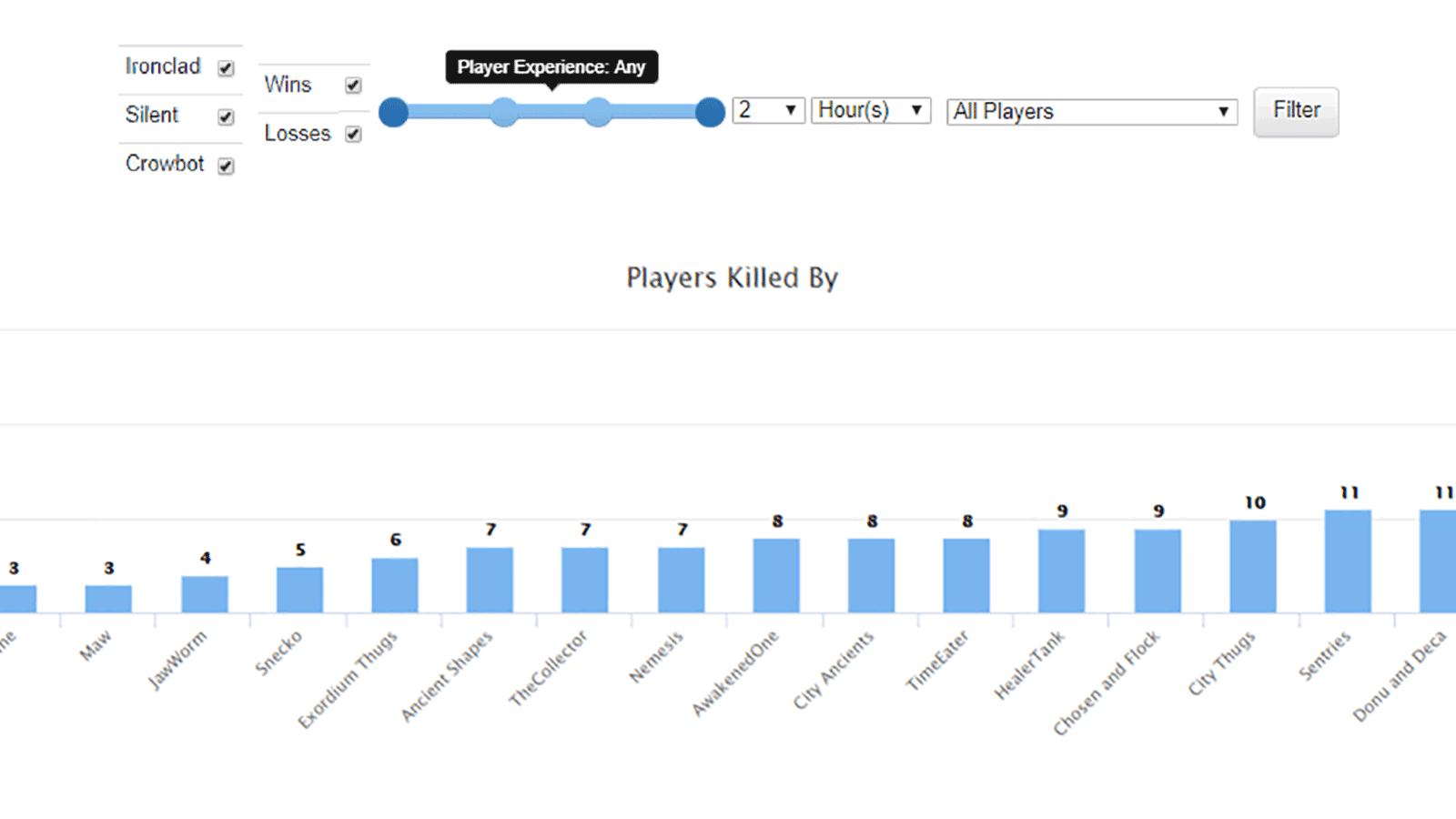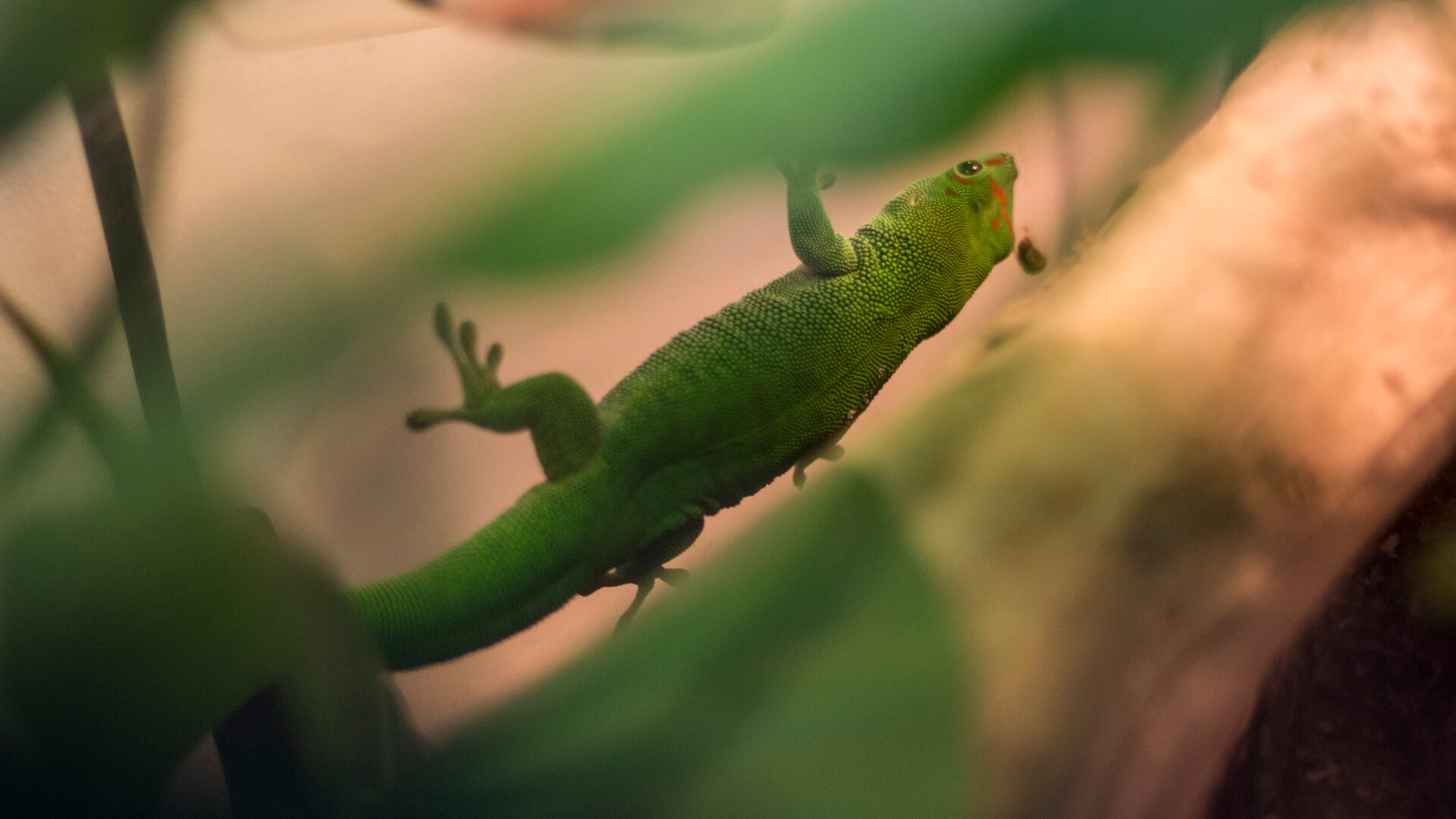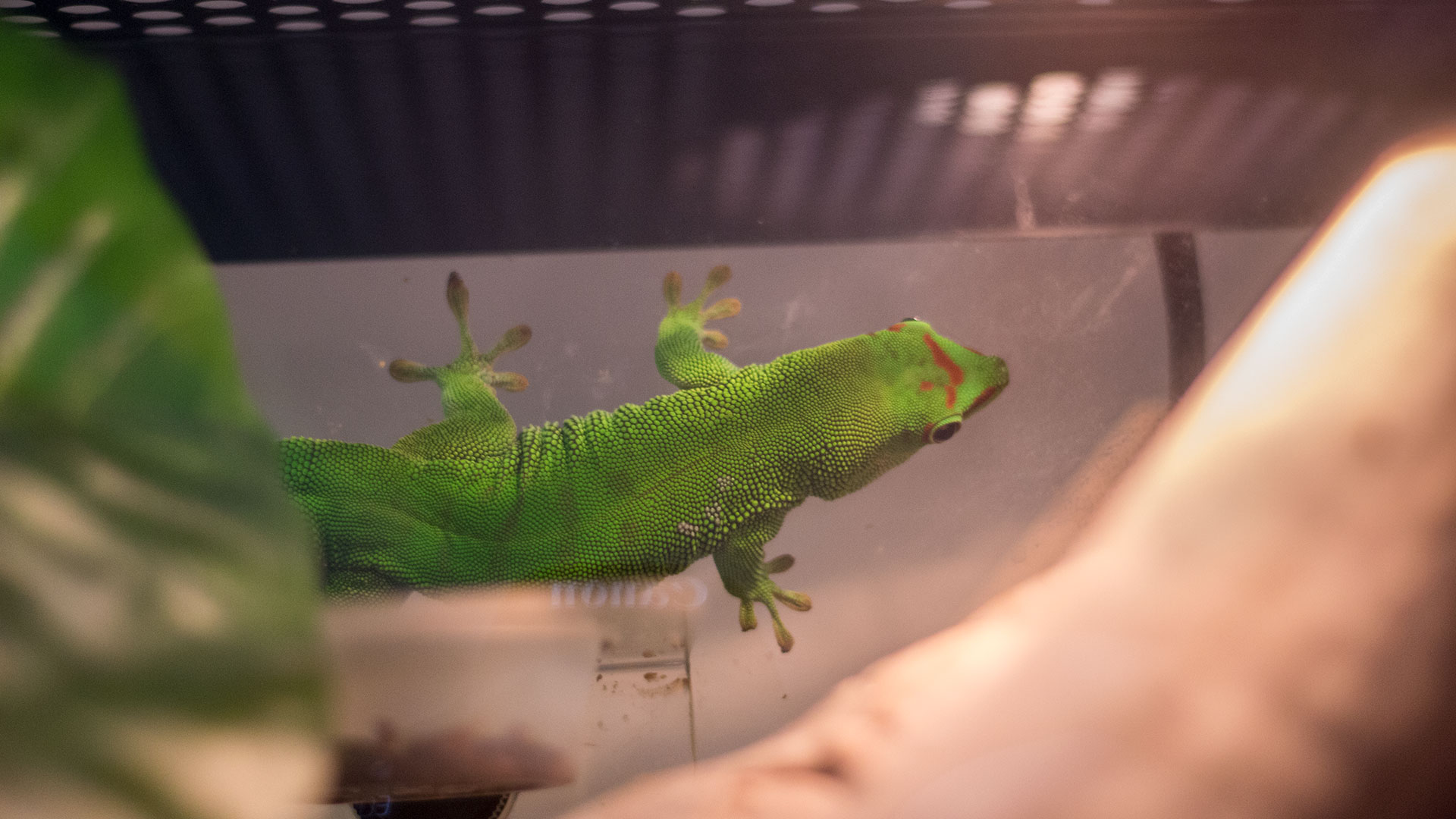Seattle Indies Spotlight: Mega Crit Games
Mega Crit Games is a local indie studio with a brand new Steam Early Access launch under their belt called Slay the Spire, a card deckbuilding roguelike. Today we spoke to their head honchos, Anthony Giovannetti and Casey Yano, about their recent release, their incredible playtesting workflow and data-driven game analytics, and their upcoming plans.
So, tell us a little bit about yourselves!
Casey:
We actually have a pretty long history, Anthony and I. We knew each other from going to college in UW Bothell, where we made Flash and mobile games together, just kind of for fun. We learned a lot of lessons — we weren’t super successful, we were pretty naïve back in the day. It didn’t work out, so when we graduated with CS degrees we both just got jobs in the industry in Seattle.

I worked for Amazon as a QA, and was there for four years or so. I really liked it there — I made a lot of friends, invented the concept of a 3pm toast break — but I started getting bored and wanted to make games.
Anthony:
I started managing a board & card game store, Ernie’s Games in Woodinville. I managed that for three years on the side during college, then worked in QA as well at Cequint for about three years. Then Casey and I reconnected and was like, “Hey, we should make games again.”
Casey:
And then Anthony was like “hey, I have this game design document”, for what is now Slay the Spire. (laughs)
Anthony:
So Casey left Amazon and we started working on Slay the Spire in 2015. We created a prototype, tested it out, and it was great. The prototype seemed to be hitting the right notes, so we scrapped it and started working on the actual build. Then I left my job, and started working on Slay the Spire full-time as well.
With Slay the Spire newly released – how is the game doing in terms of success, if you don’t mind sharing?
Anthony:
In terms of reviews and reception, it’s been really positive – right now we have a 96% positive rating on Steam. Reception-wise everyone’s been really liking it. We didn’t get any big news on the big sites — we tried to do the whole self-starting the press thing with sending out emails, but didn’t get any bites. One thing is that when we released, EA had their big fiasco about Battlefront II, so that was kind of unfortunate (laughs).
Casey:
It’s a slower start than we had hoped for, although reception is positive beyond our imagination. Sales have been slowly going up, which is good, but it’s unfortunate that Steam has created this kind of ecosystem where if you don’t get that initial boost, you don’t get much visibility, especially if you’re not in the top seller’s list.

Anthony:
One of our biggest mistakes would probably have been the release date. The timing with Steam holiday sales was unfortunate because people are looking for deals. We looked at a few other games that looked pretty polished, and they’re also having bad luck right now.
Even with that, the launch has been going pretty good all things considered — we’ve especially had a lot of success with streamers — we’ve had a lot of people come into games from watching streams. We used a service called Keymailer, which basically cold-calls streamers, and sent out 2000 or so keys, and had 250-300 accepted.
What were some of the best and worst parts about launching a game? Did you run into any crunching, last minute fires? How that final “ship it” moment feel?
Anthony:
(laughs) We definitely had some crunch at the end.
Casey:
Our priorities started getting pretty weird with the lack of sleep. “We have to get this in, this guy has to be wearing this hat!” In hindsight, they were pretty minor. (laughs)
The night of launch, we just didn’t sleep. You just can’t catch compatibility issues unless you have a whole team of hardware QA team. Someone would be like, “Oh, I set my monitor in a very specific way, so the game doesn’t run properly.” We fixed all those immediately — pushed like 35 fixes in the first day of launch between midnight and 6am.
Some advice, indie developers? Release at 10am. (laughs)


The night of launch, we just didn’t sleep. Some advice, indie developers? Release at 10am.
Anthony:
It was pretty fun when we finally pressed the button, released it — it was really exciting and I was giddy and happy for the next two weeks.
Casey:
When it launched, everyone was raving about it. We were ecstatic — like, “oh good, the game is actually fun.” So that was very positive.
What are your plans for the next 3 months? How about the next 3 years?
Casey:
We’re staying in Early Access for the next 6-8 months. Beyond that, we have way more ideas for the game. We’ve designed like 200 cards, enemies, and more characters. We could easily double or triple the game’s length if we just focused on content.
Anthony:
We’re definitely aiming for free DLC after launch. If things go well, we’ll consider porting it to other platforms, like tablets.


What did your tooling, workflow, and pipeline look like for Slay the Spire?
Casey:
We’re using an engine called libGDX. It uses a layer called Lightweight Java Game Library, which is a Java to OpenGL layer. The only popular game that came out of that ever is basically Minecraft.
It’s good for us because we’re all programming nerd types, so we don’t use any drag and drop. Everything’s typed up and object-oriented.
Anthony:
There’s definitely pros and cons — one of the downsides of libGDX is that it doesn’t have the big community that Unity has. When something goes wrong with the engine, when we Google it, there might be no solution, so we have to figure it out.
Casey:
In terms of art pipeline, assets are received from contract artists as raw Photoshop documents and we handle exporting them as PNGs and importing them into our engine. Animations are done in Spine2D — which, by the way, fun fact, is made by the same people who make libGDX.
Anthony:
In terms of workflow and task tracking, we use Google Docs and Spreadsheets. We assign estimate times to tasks, like 2H, and then assign the task to either of us. Every day, we discuss prioritization and move tasks around, and which bugs affect it. If it ever grew to more than just the two of us, we’d probably switch to something more hardcore like JIRA. We used to use Skype for remote coordination — we’ve moved to Discord now that it has screenshare.

Casey:
Our most intense tooling and workflows probably revolve around our playtesting and metrics server. That’s like, our secret sauce.
Tell us more about Mega Crit’s approach to playtesting! What makes it stand out?
Casey:
We had an internal playtest Slack channel where a ton of people signed up and played regularly — this one guy’s put over a thousand hours into the game. He’s like our playtest superstar. (laughs)
We also create a build every single day – we’ve been releasing stable builds daily for a year and a half or so, and we find our playtesters really like it. The game keeps changing, so they’re continuously engaged.
Anthony:
My wife Danielle set up a lot of our pipeline configurations for automatic builds and our Slack integrations. Our Feedback Bot lets playtesters just type “bug”, “feedback”, or “idea”, and then list out the item, and it’ll automatically file it for us. It makes us really easy for us to have a constant flow between us and our playtesters, and it’s probably one of the best things we did.
At the end of the day, we can look at everything that was filed for that day and triage it between us. We amassed 2800 points of feedback and bugs put together before launching, and now we’re at 3100 or more.
Casey:
Our biggest tool is probably our metrics server. Whenever someone plays, their metrics from their game get submitted to the server. We’d be collecting data, and could look at win rates, or statistics like if you pick this specific card, you win X percent of the time, or this card gets picked over this card X percent of the time. We tried to be incredibly data-driven at how we looked at balancing, because when you have 200 cards and tons of content, it’s really tough for two people to just say “it’s perfectly balanced, it’s good”. By being data-driven, we can actually drill down and get closer to what things should be.


By being data-driven, we can actually drill down and get closer to what things should be.
Anthony:
The metrics server was also set up by Danielle, who works at a big data company and is a much better programmer than I am (laughs). The amount of data we have would make a data person go, “holy shit”. I also think both of us having a QA background was pretty important to our whole process — we focused on getting playtesters really early on, and that’s helped us a lot.
Casey:
I also think we prioritize quality and experience, just because our day-to-day jobs focused on finding those small issues. We studied a lot of different games when making Slay the Spire, especially for UI/UX. It’s probably influenced by 20+ games, easily.
What games (indie or otherwise!) are you currently playing? Do you find yourselves making the kind of games that you love to play, or does that ruin the magic for you?
Anthony:
At least for me, I’m making the game that I want to play!
Casey:
This game is definitely Anthony’s baby. (laughs)
Anthony:
I grew up as a lifelong Magic the Gathering player. I’ve always been playing card games, I got really into Netrunner, and my favorite thing in card games was always drafting — where everyone sits at a table and you go around passing cards and building a deck of cards that you’re passing around. Because I have that experience, Slay the Spire is very much me trying to capture the digital version of my favorite part of card games.
Casey:
I play a lot of action and fighting games — I like games that go really fast. I do like a lot of roguelike games, especially modern ones. The older games require a bit more of what I call “wiki” knowledge — it feels more like research than playing. I like the new stuff, like FTL, Binding of Isaac, Dark Souls.
Anthony:
I think it’s actually good that I have more of a card game background and Casey’s more of an action gamer. Because of that, we were able to have different perspectives on what to put in. And I think that works better than if just both of us had the same ideas — it’d be a little more stagnant otherwise.
I think that works better than if just both of us had the same ideas — it’d be a little more stagnant otherwise.

